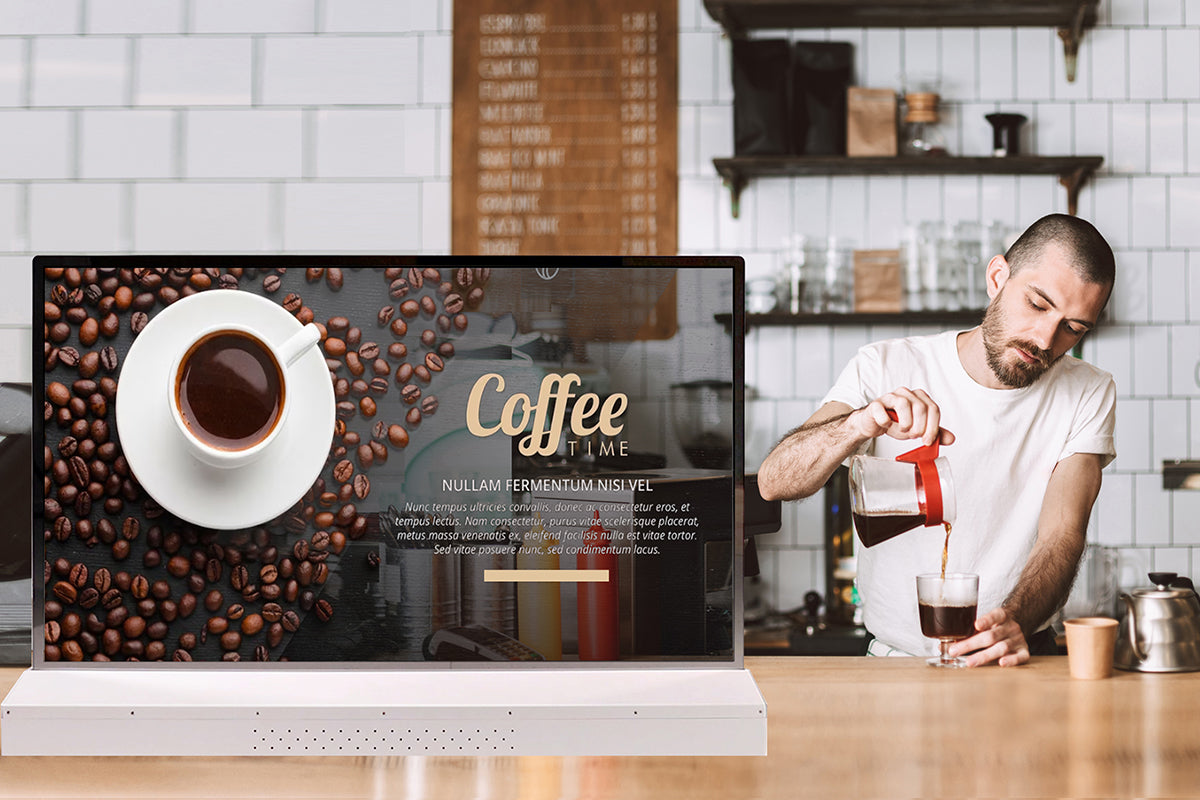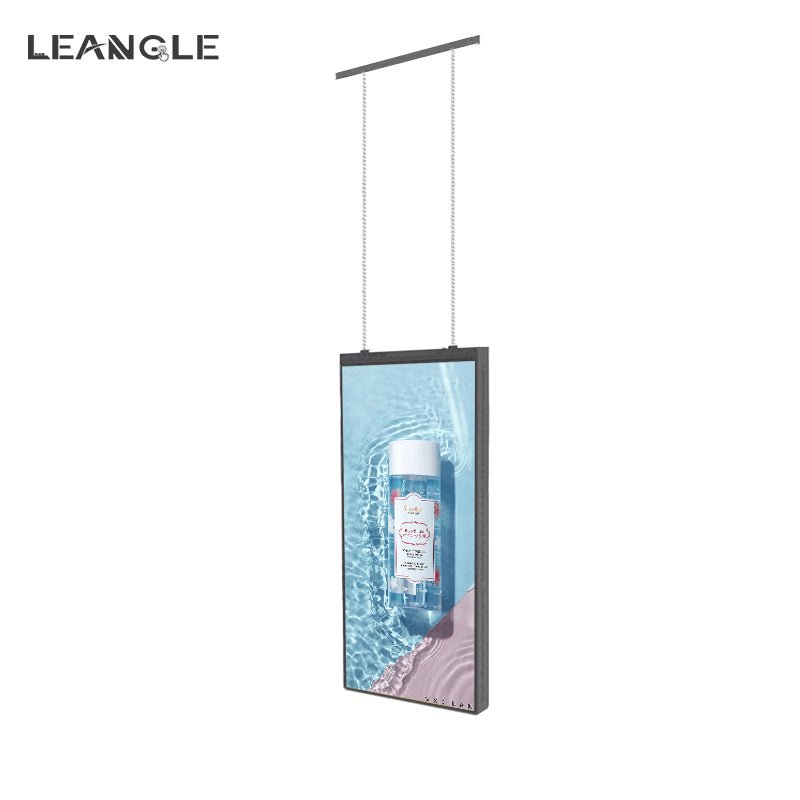The Science Behind OLED Screen Limitations
OLED transparent screens represent cutting-edge display technology, but their unique structure imposes strict limitations on static image display. Here's a technical breakdown of why these screens degrade with prolonged static content:
1. Pixel Aging & Burn-in Risks
-
Self-emissive pixel decay: Each OLED pixel emits its own light. Static elements (logos, UI elements) cause uneven wear as pixels age at different rates.
-
High-contrast = higher risk: White elements on black backgrounds accelerate decay in active pixels while inactive ones remain pristine, creating permanent ghost images.
2. Thermal & Material Vulnerabilities
-
Heat buildup in static areas: Continuous illumination of the same pixels creates localized hotspots exceeding 25°C, damaging organic compounds.
-
Moisture sensitivity: Humidity above 60% RH accelerates oxidation of cathode layers in constantly lit areas.
3. Transparency Tradeoffs
-
Current distribution challenges: Transparent electrodes suffer uneven wear when powering static high-brightness elements (e.g., white UI elements at 500+ nits).
-
Substrate stress: Prolonged activation causes differential expansion in the transparent conductive layers, creating micro-fractures.
Optimization Strategies for Professionals
| Solution | Technical Implementation | Benefit |
|---|---|---|
| Dynamic pixel shifting | 2-4px random displacement every 2 minutes | Prevents localized decay |
| Adaptive brightness | Auto-dimming to 150 nits in static mode | Reduces thermal load by 40% |
| Scheduled rest cycles | 15min/hour screen-off periods | Allows organic layer recovery |
| Environmental controls | Maintain 22±3°C with 45-55% RH | Extends lifespan by 30% |
Premium Applications for 55" 2×2 Spliced Displays
1. Luxury Retail (Jewelry/Watches)
-
Implementation: 95% transparency panels overlay physical products with dynamic content
-
Tech Specs:
-
3840×2160 @ 60Hz per panel
-
<3mm bezel for seamless viewing
-
100,000:1 contrast ratio
-
-
Case Study: Cartier's flagship store uses spliced displays to show diamond magnification views while presenting physical pieces.
2. Museum Exhibits
-
Innovative Use: Layered displays show artifact CT scans while preserving view of actual objects
-
Preservation Benefits:
-
500 cd/m² max brightness (50% below standard LCD)
-
UV-filtered illumination
-
0.5W/hr power consumption per panel
-
3. Automotive Showrooms
-
Next-Gen Display: Interactive vehicle cutaways with:
-
Real-time engineering visualizations
-
Dynamic spec comparisons
-
Multi-language support via touch
-
4. Pharmaceutical Displays
-
FDA-Compliant Solution:
-
Antimicrobial screen coating
-
24/7 operation with <2% brightness degradation/year
-
Precision color rendering (ΔE<1) for molecular models
-
Emerging Solutions on the Horizon
-
Self-healing polymers: Experimental organic layers that repair minor burn-in (projected 2026 availability)
-
Quantum dot hybrid OLEDs: Combining QD longevity with OLED's transparency (Samsung demo units show 3x lifespan)
-
Active cooling systems: Microfluidic channels in transparent substrates (prototypes reduce operating temps by 15°C)
For mission-critical installations, Leangle recommends rotating content every 7 minutes and implementing ambient light sensors to auto-adjust brightness. These measures can extend operational lifespan beyond 50,000 hours while maintaining >90% transparency.



